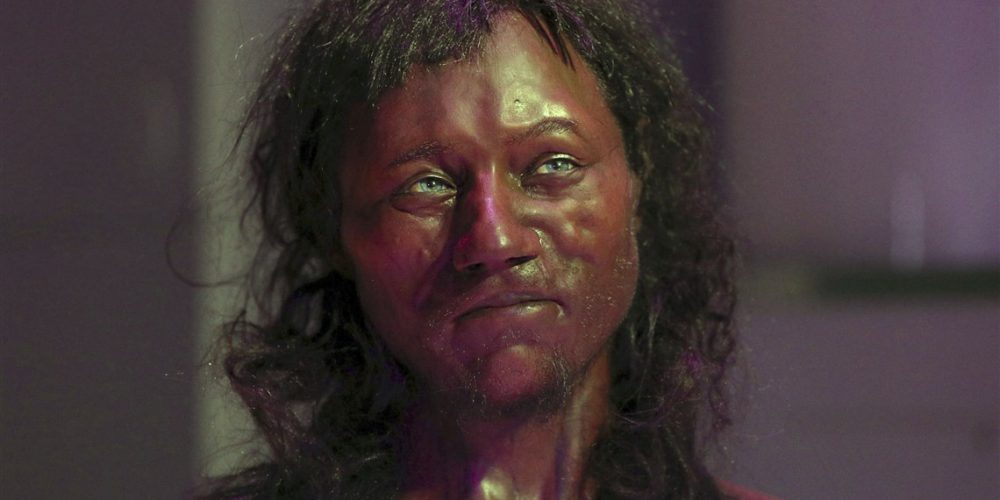The Double Helix by James D Watson: 20th century revolution in biochemistry

Jim Watson was just 24 when, in collaboration with Francis Crick, he decoded the structure of DNA, “the molecule of life”. This was a 20th-century watershed, the solution to one of the great enigmas of the life sciences that would revolutionise biochemistry.
Watson arrived at the Cavendish Laboratory, Cambridge University, during the autumn of 1951 looking for success and fame. A graduate zoologist from the mid-west who dreamed of winning the Nobel prize. Watson, arrogant and unknown, found himself working with an equally self-possessed but somewhat overlooked older man at the Cavendish, Francis Crick, a 35-year-old would-be biophysicist who had seen service as a scientist in the second world war. In his breezy way, Watson describes his new colleague as totally unknown and often not appreciated.
Soon, however, they became inseparable, habitually meeting in the Eagle, a popular Cambridge pub. It was here that they would chew over the science issues of the day. Crick and Watson both knew that the structure of deoxyribonucleic acid (DNA) and its role in human heredity was the unconquered Everest of contemporary biochemistry. Research teams in London, Europe and California had been struggling with this mystery for at least a decade. It was the postwar science story. Watson seems to have become the catalyst for Crick’s creativity. With a surprisingly modest combined experience of advanced biochemistry, this duo set out to solve the 20th century’s greatest scientific conundrum: the secret of life itself.
Watson’s personal account of their quest is both uncompromisingly honest and extraordinarily exciting, a searing portrait of two young men taking on the Anglo-American scientific establishment and winning against the odds.
From 1951 to 1953, Crick and Watson embarked on a race for immortality. They faced formidable competition. Linus Pauling in California and Maurice Wilkins in London had both been studying ways to crack DNA for years, and were close to a breakthrough. But Pauling, despite massive resources, was prone to catastrophic errors. Closer to home, Wilkins (a friend of Crick’s) was at loggerheads with his brilliant x-ray crystallographer, Dr Rosalind Franklin. Could Crick and Watson acquire enough data to begin the advanced thought-experiment required to demonstrate and verify the structure of DNA?
Watson, the protagonist of The Double Helix, managed to get himself invited to a Franklin lecture in London and saw at once that her x-ray crystallography work held the key to the mystery of DNA. With hindsight, Franklin was too close to her research to grasp its significance.
A full-blown biography by Brenda Maddox, subtitled The Dark Lady of DNA, has described the degree to which Franklin, who died from ovarian cancer in 1958, had perhaps unwittingly established the context of the work that Crick and Watson would develop and conclude so triumphantly. In his epilogue, Watson acknowledges this, conceding that Franklin “definitely established the essential helical parameters of the DNA molecule and locating the ribonucleic chain halfway out from the central axis” – a crucial admission.
He also makes a belated kind of apology to her memory, conceding how he and Crick had come to appreciate “her personal honesty and generosity, realising years too late the struggles that the intelligent woman faces to be accepted by a scientific world which often regards women as mere diversions from serious thinking.”
Watson concludes that “Rosalind’s exemplary courage and integrity were apparent to all when, knowing she was mortally ill, she did not complain but continued working on a high level until a few weeks before her death.”
Slowly, the “helical theory” took shape. Proving this still-controversial working hypothesis was the problem. “Crick and the American”, as they were known in Cambridge, were hardly helped by their bosses. “Francis and I,” writes Watson, were told that they must “give up on DNA” because there was “nothing original” in their approach. By the middle of 1951, he writes, the prospect “that anyone on the British side of the Atlantic would crack DNA looked dim”. Meanwhile, far away in California, Pauling was known to be making steady progress.
But Watson had not abandoned his quest for glory. Covertly, he continued to work after hours at the Cavendish on the “helical” structure of DNA. By late 1952, Pauling had still made no new announcement. This was encouraging to Watson and Crick. When, finally, Pauling did publish his latest theory, it contained a basic and fundamental flaw.
Watson never stopped testing new hypotheses for the structure of DNA against Crick’s wiser scepticism. Eventually, chance took a hand. It was a casual conversation Watson had with an American crystallographer, who had fortuitously been assigned to his lab, that provided the germ of the idea. On Watson’s account, it was during the late winter of 1953 that “Francis winged into the Eagle to tell everyone that we had found the secret of life”.
The “double helix”, commissioned by Watson, was at once supremely beautiful, wonderfully elegant and fundamentally simple. In Watson’s words: “Immediately Crick caught on to the complementary relation between the two chains and saw how an equivalence of adenine with thymine and guanine with cystosine was a logical consequence of the regular repeating shape of the sugar-phosphate backbone.”
Towards the end of March 1953, Crick and Watson began to write the 900-word article for Nature that would change biochemistry for ever, and add their names to the roll call of great scientists: “We wish to suggest a structure for the salt of deoxyribonucleic acid (DNA). This structure has novel features which are of considerable biological interest.”
































